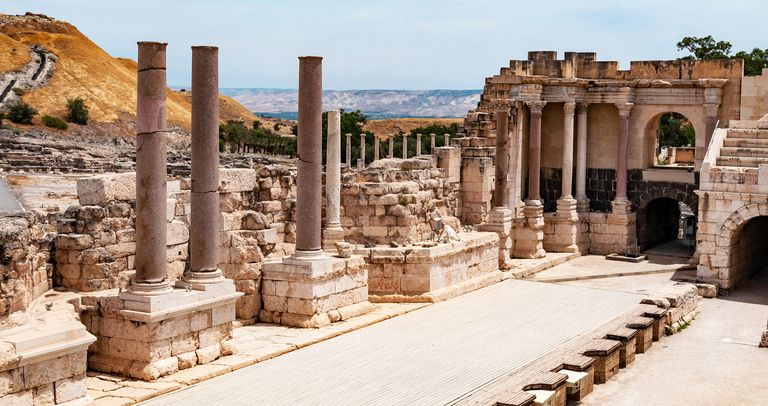Scientists Claim This Is Why The Byzantine Empire Collapsed – And Humans Today Should Be Scared
The Roman Empire may have been one of the greatest civilizations of the ancient world, but that still didn’t protect it from collapse. And although Roman culture managed to live on within the Byzantine Empire, this mighty kingdom would also go on to eventually crumble. So, what’s stopping our societies from succumbing to the same fate? Well, according to scientists, not much. Apparently, the same threat that’s believed to have destroyed the Byzantines may still exist today.
The fall of Rome
Perhaps we should learn some lessons from history before the worst happens. Take, for example, the fall of Rome, which was partly a victim of its own success. You see, the empire had become too large to govern easily, so it was ultimately split in two. The western half had its capital in Italy, while the eastern section – also known as the Byzantine Empire – spanned parts of Africa, the present-day Balkans and Asia. Crucially, though, this separation fostered a new rivalry.
The source of division
Emperor Diocletian was responsible for the division, and he ruled the east while appointing Maximian to govern the west. That was a canny move, as the Western Roman Empire ultimately proved to be doomed. It was ravaged by attacks by tribes such as the Visigoths until, in 476 A.D., its final emperor was overthrown.
Impressive achievements
This makes the achievements of the Byzantine Empire even more impressive, as it would live through its counterpart’s fall and continue into the beginning of the modern age. In fact, no other state west of China would manage such a feat. And the empire’s riches and relative political cohesion allowed it to not only survive, but also to expand.
Centered at the gateway
In case you were wondering, the Byzantine Empire took its name from the Greek city Byzantium, which was named after its founder Byzas. This colony was built on the edge of the Bosphorus strait and provided a perfect gateway between Europe and Asia. And while Emperor Constantine would rename the city Constantinople when it became the capital of his “New Rome,” today we know it as Istanbul.

